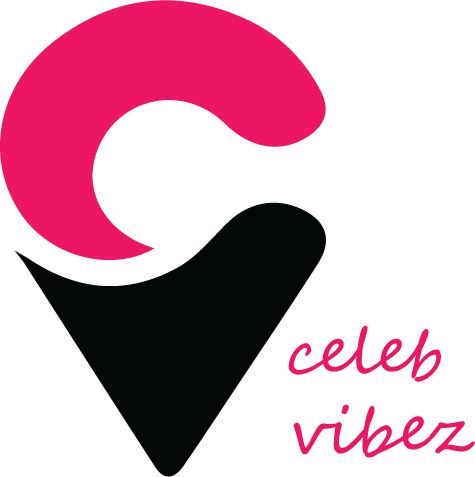Hiring for a multilingual team isn’t just smart—it’s essential. Global markets demand seamless communication. Customers expect service in their language. The right team can unlock new regions and revenue.
But it’s not just about language. Cultural awareness, adaptability, and communication skills matter too. Here’s what you need to know before making your next hire.
Why Multilingual Hiring Matters in a Global Market
The business world doesn’t speak just one language. Whether you’re entering new markets or improving customer support, multilingual hiring gives you an edge. It builds bridges—between teams, clients, and cultures.
Multilingual employees do more than translate. They reduce misunderstandings, improve collaboration, and drive better service outcomes. Studies show that bilingual professionals often outperform others in problem-solving and multitasking. These are critical traits in fast-moving global environments.
For customer-facing roles, language fluency builds trust. Customers feel seen and heard. For internal teams, it boosts inclusion and productivity. In global business, communication gaps cost money. A multilingual team closes them.
Hiring with language in mind isn’t a luxury. It’s a competitive advantage.
Essential Skills Beyond Language: What to Look For in Candidates

Language fluency is just the start. Great multilingual hires bring more than a second tongue—they bring strategic value.
Look for these must-have traits:
- Cultural intelligence: Can they navigate different norms and etiquette?
- Problem-solving ability: Multilingual minds often juggle mental models, improving analytical thinking.
- Communication skills: It’s not about speaking more, it’s about speaking effectively.
- Adaptability: Switching between languages often reflects mental flexibility.
- Emotional intelligence: Especially key for customer-facing roles across cultures.
A study from the American Council on the Teaching of Foreign Languages found that 90% of U.S. employers rely on employees with language skills, but only 11% say they have an adequate pipeline of talent.
Sourcing Multilingual Talent: Strategies That Work
Finding multilingual professionals requires more than a standard job post. The right sourcing strategy widens your reach and targets the talent you need.
Here’s what works:
- Advertise in the target language
Post jobs in both your business language and the language you’re hiring for. It shows respect, builds trust, and increases visibility in native-language search results. - Leverage universities and graduate networks
International students and language program graduates are top-tier multilingual talent. Job fairs and alumni networks can yield high-quality candidates. - Use specialized platforms
Global talent hubs like LinkedIn are useful—but niche and regional platforms often perform better. They attract candidates actively seeking international or language-based roles. - Tap into referrals
Multilingual professionals know others with similar skills. Encourage referrals from current employees to reach hidden talent pools. - Partner with language-focused recruiters
Specialized recruiters or staffing agencies understand what proficiency truly means—and can save your team time while increasing hire quality.
Always clarify language proficiency level (e.g., native, business fluent) in your job description. Don’t just say “bilingual.”
Testing Language and Cultural Competence Effectively
Fluency isn’t just about speaking—it’s about using the language in real-world business contexts. That’s why testing matters.
Here’s how to do it right:
Use standardized language assessments
Tools like CEFR, ILR, or ACTFL help quantify fluency across speaking, writing, listening, and reading.
Conduct live verbal interviews
Simulate work scenarios. Let candidates demonstrate how they’d communicate with clients or colleagues. Have a native or advanced speaker on your team evaluate them.
Test business-specific vocabulary
Fluency in casual conversation doesn’t guarantee professional readiness. Make sure the candidate can understand and use industry-specific terms.
Assess cultural awareness
Ask questions that reveal how a candidate would navigate cross-cultural situations. This helps predict how they’ll adapt to international teams and clients.
Need expert guidance on multilingual assessments? Read here to learn how professionals ensure your hires are business-ready, not just bilingual.
Creating an Inclusive Environment for Multilingual Teams

Hiring multilingual talent is only the first step. The real challenge—and opportunity—comes in building a workplace where that talent can thrive.
Multilingual employees often face silent barriers: language limitations in documentation, cultural misunderstandings, or hesitation to contribute in group settings. Without systems that support them, performance suffers and retention drops.
To build a high-performing team, inclusion must be deliberate. That means removing friction in communication, offering equal access to information, and recognizing the value of cultural and linguistic diversity.
A multilingual team should feel heard, respected, and empowered to contribute—regardless of what language they speak most comfortably.
📋 Table: Practical Inclusion Tactics for Multilingual Teams
| Inclusion Tactic | Purpose |
| Provide documentation in multiple languages | Reduces miscommunication and onboarding gaps |
| Encourage language-switch flexibility | Allows employees to express themselves clearly |
| Celebrate cultural events | Builds team unity and respect for diversity |
| Train managers in cross-cultural leadership | Avoids bias and improves communication |
| Use inclusive tools (e.g., translation apps) | Levels access in meetings, collaboration, documentation |
Tech & Remote Work: Unlocking Access to Global Talent

Remote work has redefined how companies build multilingual teams. With global hiring now a standard practice, businesses are no longer limited by geography when sourcing talent.
Today’s cloud-based tools—Zoom, Slack, Google Workspace, and multilingual hiring platforms—enable seamless collaboration across time zones and languages. Employers can assess language skills, onboard remotely, and build culturally diverse teams without a physical office.
Hiring remotely also increases candidate reach. Companies gain access to language speakers in their native regions, which improves authenticity in customer interactions and localization efforts. It’s not just about filling roles—it’s about hiring the right voices for international audiences.
Remote models also support inclusion. Multilingual employees can contribute in environments designed for flexibility, reducing geographic bias in hiring.
Global talent isn’t an HR trend—it’s infrastructure. With the right remote systems in place, companies can consistently access multilingual professionals who add value across borders and business functions.

